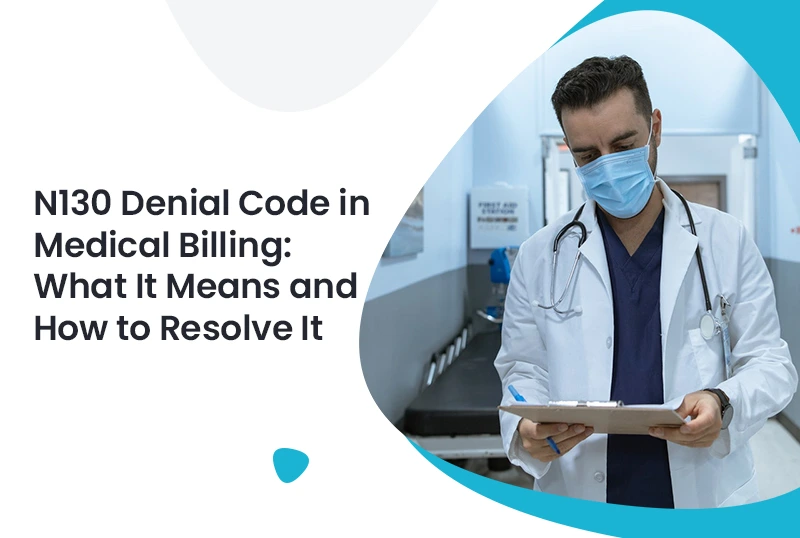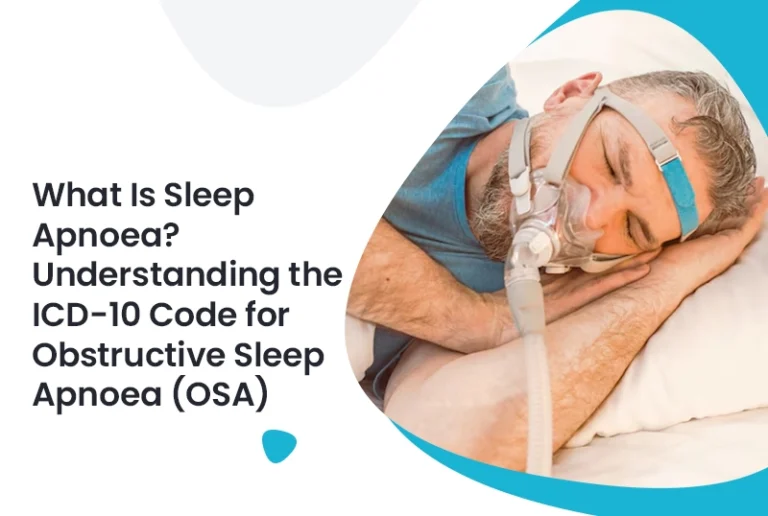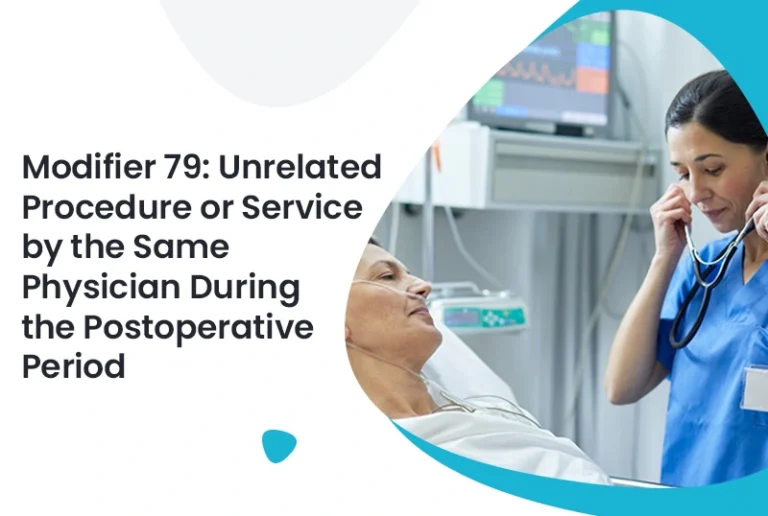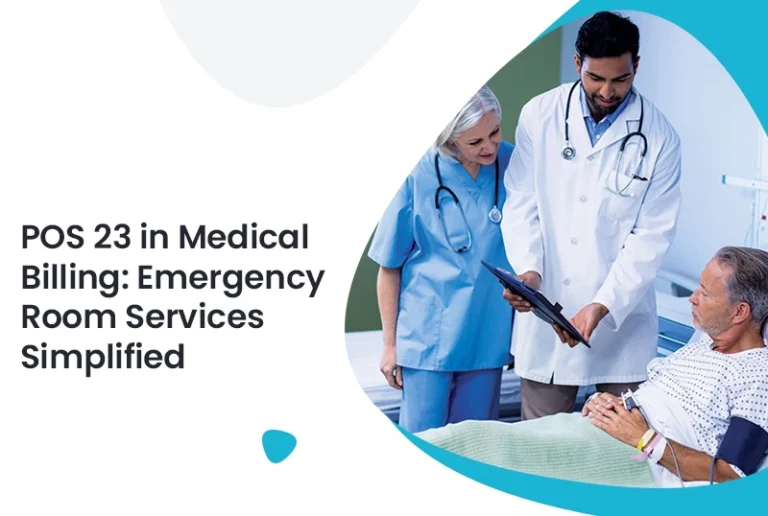Medical billing drives healthcare revenue but involves complex codes and claim challenges. Among the many denial codes healthcare providers encounter, the N130 denial code is one that continues to cause confusion and delays in reimbursement.
This denial isn’t always a rejection, but rather a flag indicating that something within the claim needs attention. To keep the revenue cycle smooth and uninterrupted, it’s essential to understand what the N130 denial code means, why it appears, and how you can resolve it efficiently. If your practice partners with a medical billing company, resolving these denials becomes even more seamless.
What Is the N130 Denial Code?
Payers often include the N130 denial code as a remark code on remittance advice (RA) and explanation of benefits (EOB) statements. It means:
“Consult plan benefit documents/guidelines for information about restrictions for this service.”
This code typically indicates the payer returned the claim without fully denying it due to issues with documentation, coverage, or authorization. It alerts the provider that they need to supply more information or that the service might not qualify for reimbursement under the patient’s insurance guidelines.
While it may not appear as serious as a denial with a rejection reason, ignoring it can lead to delays, reduced cash flow, and unnecessary back-and-forth.
Why You’re Getting the N130 Denial Code
To prevent and address the N130 denial code, you need to identify the specific cause. While this code is broad, here are the most common reasons it’s applied:
- Lack of Prior Authorization: The provider failed to obtain required approval before delivering the service.
- Incorrect or Missing Modifiers: Missing CPT or HCPCS modifiers that indicate the context of the service.
- Out-of-Network Provider: The provider is not part of the payer’s approved network.
- Non-Covered Services: The procedure or treatment is not covered under the patient’s benefits.
- Expired or Invalid Credentialing: The provider’s credentials are not current or properly registered.
Sometimes, issues related to credentialing services can lead to these types of denials, especially when new providers are added or moved to a different facility.
Impact of the N130 Denial Code on Medical Practices
Though it may seem minor, the N130 denial code can significantly affect your revenue cycle management if not handled quickly. Each returned claim represents time lost, more work for your billing staff, and potential payment delays. It also increases the days in accounts receivable, adds administrative costs, and may impact your pc ratio in medical billing, which is a key measure of revenue performance.
Repeated N130 errors can lead to operational inefficiencies and patient dissatisfaction due to billing delays or confusion.
How to Fix an N130 Denial Code Issue
Resolving the N130 denial code requires a systematic, proactive approach. Here’s a detailed guide to get your claim back on track:
1. Review Your Remittance Advice (RA) or EOB
Begin by reviewing the full RA or EOB. The N130 code is often accompanied by other remark or reason codes that provide deeper insight. For instance, there might be a code indicating “missing prior authorization” or “invalid CPT.”
2. Check Coverage and Benefits
Use your eligibility verification tools to confirm that the procedure or service rendered is part of the patient’s coverage plan. This step is crucial in understanding whether a restriction or limitation applied by the payer is in effect.
3. Gather and Submit Additional Documentation
Most N130 codes are resolved by providing additional documentation. This could include:
- Prior authorization details
- Medical necessity letters
- Referral forms
- Clarified or corrected CPT/HCPCS codes
Attach this documentation when you resubmit the claim. Doing so improves the chances of a swift resolution.
4. Correct the Claim and Resubmit
Once the root cause is identified—be it a coding error or authorization oversight—make the necessary edits. Don’t forget to include appropriate modifiers or updated information as needed. After correction, resubmit the claim promptly to avoid timely filing issues.
Tips to Prevent N130 Denials in the Future
Minimizing future occurrences of the N130 denial code will save your practice time, money, and stress. Here’s how you can take preventive measures:
Read more: Modifier 52, Reduced Services and How to Bill When a Service is Incomplete
Use Real-Time Eligibility Checks
Before any service is rendered, check the patient’s eligibility and benefits in real-time. This will reveal whether prior authorizations are needed or whether the service is covered at all.
Partner With a Credentialing Service
A strong provider credentialing strategy prevents billing and claim submission errors. Ensuring every provider in your practice is properly credentialed avoids unnecessary issues. Partner with expert credentialing services to keep your records up to date.
Educate Staff Regularly
Billing teams must stay current on payer-specific billing guidelines. What’s valid for one insurance may trigger an N130 from another. Invest in regular training and compliance updates.
Implement Pre-Bill Claim Scrubbing
Using advanced billing software or tools that include pre-bill scrubbing can automatically detect missing information or mismatched codes before claims are submitted.
Outsource to a Professional Billing Company
Working with a trusted medical billing company like Precision Hub ensures that claim submission, corrections, and appeals are handled by experts, reducing your chances of receiving the N130 denial code and other billing errors.
Real-Life Example of N130 Resolution
Let’s say your practice submits a claim for a diagnostic imaging procedure. The patient’s insurance requires prior authorization for this procedure. The authorization wasn’t obtained, and the claim returns with N130 denial code and a message about authorization.
Here’s what your team should do:
- Contact the payer to verify authorization requirements.
- Submit a retroactive authorization request, if applicable.
- Resubmit the claim with updated documents.
- Track follow-up to ensure the claim is processed and reimbursed.
Final Thoughts
The N130 denial code doesn’t mean all is lost—it simply means action is needed. With the right processes, documentation, and technology in place, your practice can easily handle these denials and keep revenue flowing.
By staying informed, training your staff, and partnering with reliable experts in credentialing and billing, you can resolve N130 errors quickly and avoid them altogether.
For complete support in billing, claim management, and compliance, trust Precision Hub. Our solutions are designed to make your revenue cycle stronger and smarter.
FAQs (Frequently Asked Questions)
1. What is the N130 denial code in medical billing?
N130 indicates that the claim requires clarification or doesn’t meet coverage guidelines based on the patient’s plan. It’s often not a final denial.
2. Is N130 a denial or a return?
It’s typically a return or informational notice, not a permanent denial, giving you a chance to correct and resubmit the claim.
3. What should I do if I receive an N130 denial code?
Review the RA or EOB, identify the specific issue, correct the claim, and resubmit it with necessary documentation.
4. Does credentialing affect N130 denials?
Yes. Issues like inactive credentials or missing provider enrollment can lead to N130 denials. Working with credentialing services helps avoid this.
5. How does the N130 denial code impact my PC ratio?
Frequent N130 denials increase rework and delay payments, negatively impacting your pc ratio in medical billing, which measures efficiency in claim resolution.







